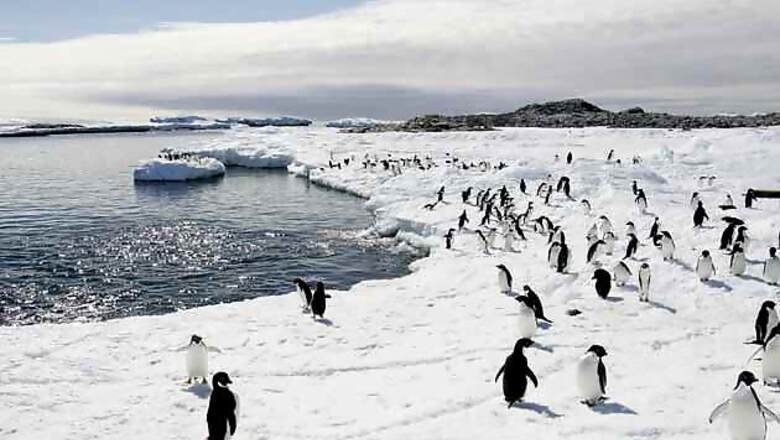
views
Chennai: After two months of successful trials, India's Polar Remotely Operated Vehicle (PROVe), indigenously built by National Institute of Ocean Technology, was operationalised for research on Wednesday in North Antarctica.
PROVe had been undergoing trial in Antarctica for the past two months since its deployment by the NIOT in "Priyadarshini lake" on the Schirmacher Oasis, which is a source of water for "Maitri", India's second base in the icy continent.
Union Minister for Earth Sciences Harsh Vardhan made the symbolic launch of the PROVe from the NIOT headquarters in Chennai.
Later, he told reporters that aggressive plans were on for capability building and research in ocean sciences. Humans would be sent into the sea's "significantly deeper levels" for research purposes, he added.
"Monsoon prediction and reading of pattern will become easier in the future thanks to PROVe. It will measure parameters like ocean currents, temperature and salinity in the Arctic," he said.
He also said a concept to quickly disseminate vital information to target groups like those living along the coast during natural contingencies was being evolved.
"This process we started in December and we are working on it," he said, adding that involving teachers was a feature of the idea. It is not only about tsunami, a lot of information can be disseminated, like on a screen near a coast, if high tide is coming there will be risk to lives," the Minister said.
Explaining the launch of PROVe, Union Earth Sciences Secretary Shailesh Nayak said after the trials in the Antarctic lake, "The vehicle has been moved to North Antarctic ocean (for operationalisation) and it is remotely operated from a ship."
NIOT Director MA Atmanand said, "Even the US has gone only to the other side of Antarctic and what we are now doing is significant and PROVe could go upto 200 meters deep."

















Comments
0 comment